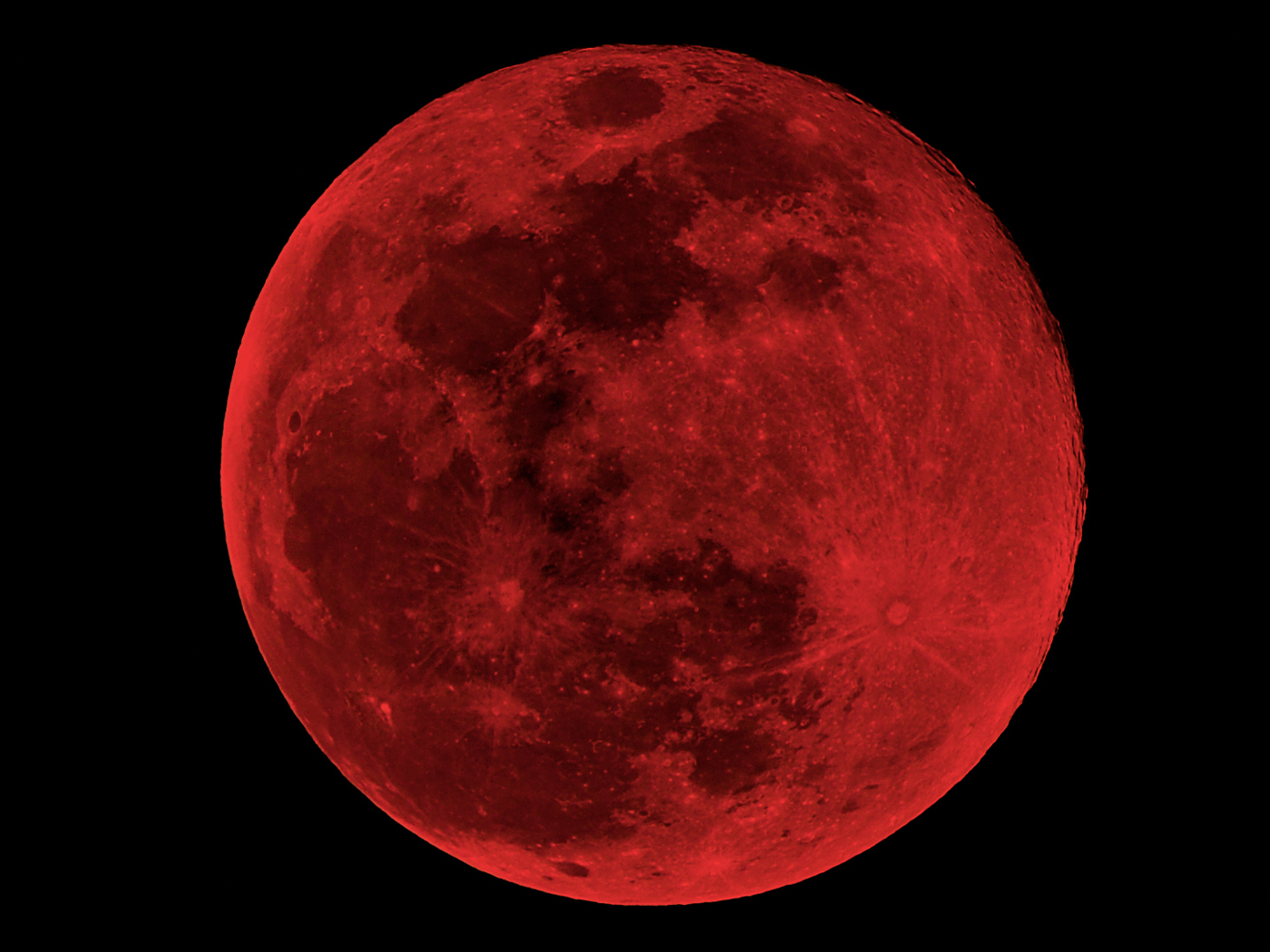Is a dinosaur still a dinosaur if it has flight feathers? A new study points to some fascinating evidence that contradicts the idea of feathered dinosaurs and confirms created kinds.
It’s no secret that birds fly in order to, among other reasons, get food and avoid becoming food. For that, they must have their feathers arranged in good order. But feathers wear out. If birds replaced their feathers haphazardly, for example, too many feathers shed from one wing and not the other, then they would lose control in flight—with lethal consequences. Therefore, many flying birds molt—replace their feathers—in a specific sequence. New research has identified evidence of this sequential molting in a so-called “feathered dinosaur."
A team of Israeli and Chinese scientists published their technical results in Current Biology. After collecting wing molt data from over 300 birds, they found that “there is not a single flightless bird species that molts its primary feathers sequentially.”1 Since these birds don’t need to fly, they have no need to replace vital flight feathers in an orderly way. So sequential molting is specific to flying (as opposed to running or swimming) birds.
How does this evidence connect to dinosaurs? The team also noted evidence for sequential molting in a fossil from China called Microraptor. In keeping with the technical literature and popular descriptions of this extinct creature, the study authors referred to it as a “feathered dinosaur." Microraptor flew uniquely, using four wings instead of just two—two wings up front, plus two small wings on each of its hind limbs. That doesn’t make it a dinosaur at all. Why not just call it a four-winged bird?
Clear and classic anatomy refutes this new wave of including birds among dinosaurs. All dinosaurs have an open hip socket. Birds don’t. For all we know, Microraptor had a closed hip socket, unlike dinosaurs. It would be more thorough if researchers would focus on that important detail, but instead they focus on the Microraptor’s aspects that seem to resemble dinosaurs, like their long tails and teeth.
Microraptor presents an interesting, new feature. Fossil specimen IVPP V-13352 shows a clear gap between two primary flight feathers that looks just like the gap seen in modern flying birds that use sequential molting. This creature had bird-like feathers—even flight-specific feathers—to go with its flight-ready body shape. Now, researchers are saying that it molted like a flying bird. What else does one need to call it a bird instead of a reptile?
This is no merely academic issue. Genesis asserts that God created creatures to reproduce according to kinds. Evolution attacks this teaching by insisting that nature evolved creatures to reproduce between different kinds. Studies like this one that take birds with wings—and creatures that have bird-specific molt strategies like Microraptor—and name them as dinosaurs essentially erode confidence in the Bible’s very first chapter.
Now that Microraptor is confirmed as having bird feathers and even the vital molting strategy of flying birds, it can safely be removed from the shrinking list of feathered dinosaur candidates and placed back into a more Genesis-friendly kind of bird.
Stage image: Wing Molt in Microraptor (IVPP V-13352).
Stage image credit: Copyright © 2020 Elsevier Inc. Yosef Kiat, Amir Balaban, Nir Sapir, Jingmai Kathleen O’Connor, Min Wang, Xing Xu. Current Biology. Adapted for use in accordance with federal copyright (fair use doctrine) law. Usage by ICR does not imply endorsement of copyright holders.
References
1. Yosef Kiat et al., “Sequential Molt in a Feathered Dinosaur and Implications for Early Paravian Ecology and Locomotion,” Current Biology 30, no. 18 (July 2020 ): 1-6.
2. Today, scientists use the phrase “non-avian dinosaurs” to refer to dinosaurs.
*Dr. Brian Thomas is Research Associate at the Institute for Creation Research and earned his Ph.D. in paleobiochemistry from the University of Liverpool.
New Evidence Hurts Feathered Dinosaur Theory
The Latest
April 2025 ICR Wallpaper
"But the Helper, the Holy Spirit, whom the Father will send in My name, He will teach you all things, and bring to your remembrance all things...
Human Evolution and the Inner Ear
The vain attempt by evolutionists to make an evolutionary connection between people and ape-like ancestors continues. This time, it is in regard to...
CREATION PODCAST
Defending the Faith with a Rocket Scientist | Creation.Live Podcast:...
How do engineering principles, biological complexity, and a solid understanding of apologetics work together to further the cause of Christ? Why...
Aerobic and Anaerobic Hot Spring Bacteria
God designed a domain of prokaryotes called Archaea that thrive in harsh and extreme environments. In 1969, two microbiologists, Thomas Brock and Hudson...
CREATION PODCAST
The Soulless Hominid Theory: A Fatal Flaw in Old Earth Creationism...
Welcome to the second episode in a series called “The Failures of Old Earth Creationism.” Many Christians attempt to fit...
Humpback Whale Calls Echo Creation
There is nothing simple about the system of communication called language, whether animal or human.1 Human language is a very sophisticated...
Mary Parker, Creation Ministry Partner of Dr. Gary Parker, Is...
Mary Parker, the wife and co-laborer of Dr. Gary Parker, went home to be with her Lord on March 20, 2025.
Dr. Parker was a popular and effective...
Plants Rely on Quantum Mechanics
Scientists will probably never fully understand photosynthesis as additional research uncovers even more fascinating mysteries.1,2 ICR’s...
Martian Polar Ice Cap ''Surprisingly Young''?
A team of German planetary scientists has concluded that a three-kilometer-thick northern polar ice cap on Mars has a “surprisingly young”...
''Blood Worm Moon'' Total Lunar Eclipse 2025
Barring cloud cover, about 75% of the country saw the total lunar eclipse, aka the “Blood Worm Moon.” Texas had good weather conditions...













